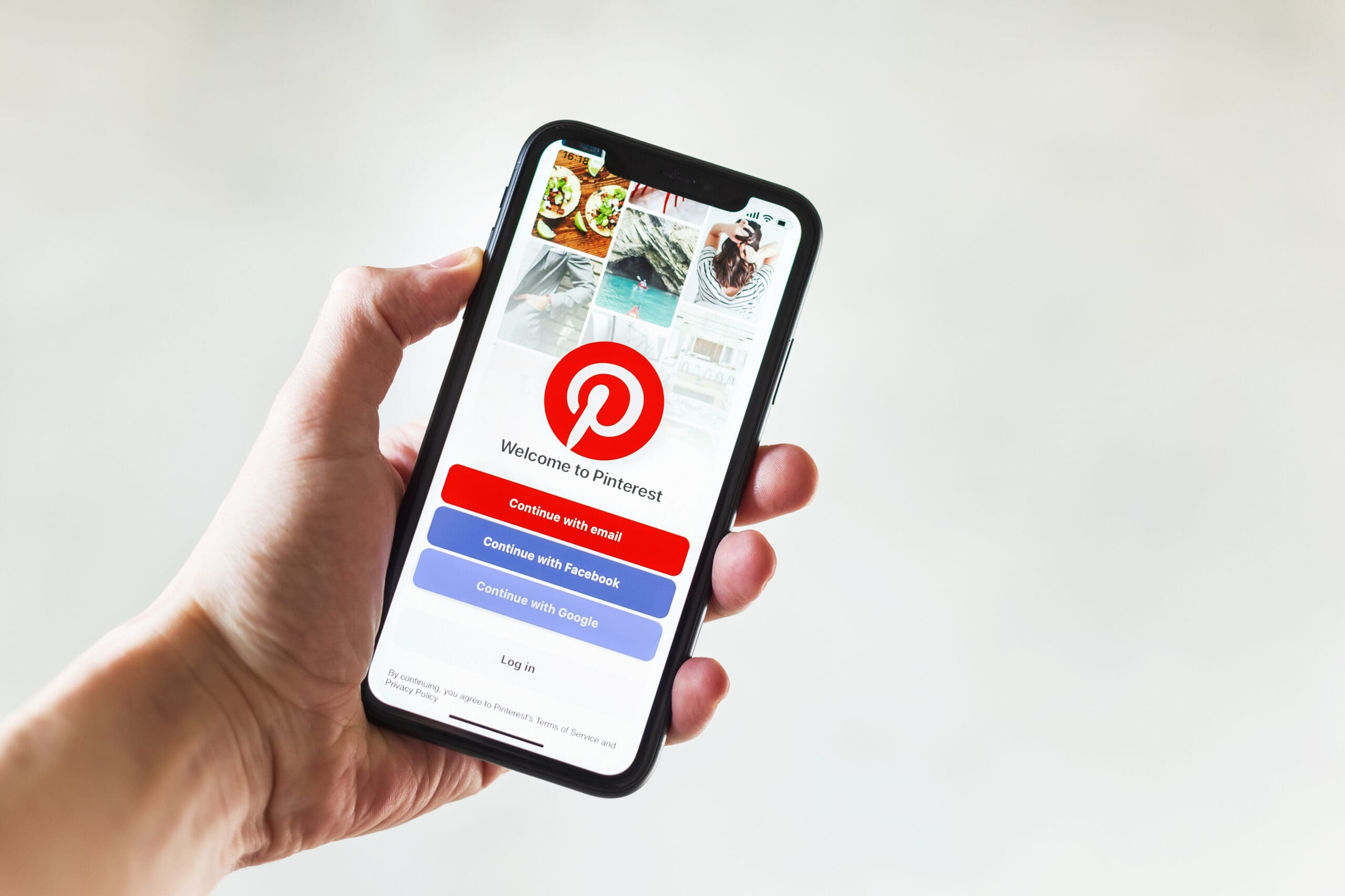Key metrics for consumer goods sellers should provide an accurate overview and measurement of your company’s performance, productivity and how effectively your business’s marketing efforts are working. Understanding how to use these metrics can help you set marketing strategy while managing your inventory and identifying where improvement is needed.
Best metrics your consumer goods company should measure
Your company should measure metrics because the results can measure performance and help to plan and set marketing strategies and goals. The most helpful metrics to measure are:
Customer Acquisition Cost (CAC)
Customer acquisition cost (CAC) is a metric used to track the total amount you spend when converting a lead into a paying customer. It evaluates the cost of sales and your marketing spend. CAC tells you if your marketing efforts are working and if your investments in customer acquisitions are yielding results. It can be calculated by adding the cost of sales and marketing over a specific period of time and dividing this sum by the number of new customers during the same time period. The amount of money you spent getting a new customer is the result. Lower CACs mean you are using fewer resources to get new customers. Higher CACs mean your acquisition strategy isn’t working.
Sales Revenue and Growth
Sales revenue should include the total amount of money generated through product sales. Measuring sales revenue can provide insights on the effectiveness of your pricing strategy and the demand for your products.
Customer Lifetime Value (CLV)
Customer Lifetime Value is the amount of revenue a customer is expected to spend over the course of a lifetime with a specific company. The relationship of a company’s LTV to CAC ratio serves as a gauge of the effectiveness of their marketing strategy. By using LTV, a company can focus on creating long-term customer relationships.
Inventory Turnover
Inventory turnover measures how quickly inventory is being sold and replaced. Higher turnover rates mean products are in high demand.
Optimize inventory management to avoid excess stock or stockouts, reducing holding costs and maximizing sales.
Align inventory with demand and increase your inventory accuracy while improving your forecasting capabilities.
- Analyze demand: Use historical sales data, market trends and customer feedback to predict demand and identify patterns. Use this information to adjust your inventory level and order quantities accordingly.
- Set reorder points: Determine the minimum quantity of each product needed to fulfill customer demand and set a reorder point to ensure you have enough stock on hand to meet demand without carrying excess inventory.
- Automate inventory tracking: Use inventory management software to automate inventory tracking. Monitor sales and vendor lead times to help identify inventory levels, sales trends and to help identify potential stock outs before they happen.
- Implement just-in-time inventory management: This is a system where inventory levels are kept to a minimum and replenished only when needed. It reduces holding costs ensuring you have the needed inventory ready to meet customer demand.
- Implement effective forecasting and replenishment strategies: Use forecasting tools to predict inventory needs and ensure timely replenishment. This will help reduce stockouts and overstocking ensuring that you have enough inventory on hand to meet customer demand.
Return on Investment (ROI)
ROI measures the return on investment of specific marketing campaigns to allow your company to assess the effectiveness of marketing expenses.
Customer Satisfaction and Loyalty
Customer satisfaction is measured by how satisfied customers are with the company’s products and services. This also allows your company to make necessary improvements to increase customer loyalty and boost sales.
Distribution and Channel Performance
Distribution performance measures how effectively products are delivered from manufacturers to customers using various channels like retailers, wholesalers or ecommerce platforms. Channel performance is the ability of a company to successfully reach and engage with customers through various distribution channels like online platforms, physical stores or third-party resellers. It includes factors like marketing, advertising, customer service and brand reputation. Reaching and engaging with target customers is key to successful distribution and channel performance.
How Kickfurther can help
Kickfurther funds up to 100% of your inventory costs on flexible payment terms that you customize and control. With Kickfurther, you can fund your entire order(s) each time you need more inventory and put your existing capital to work growing your business without adding debt or giving up equity.
Why Kickfurther?
No immediate repayments: You don’t pay back until your new inventory order begins selling. You set your repayment schedule based on what works best for your cash flow.
Non-dilutive: Kickfurther doesn’t take equity in exchange for funding.
Not a debt: Kickfurther is not a loan, so it does not put debt on your books. Debt financing options can sometimes further constrain your working capital and access to capital, or even lower your business’s valuation if you are looking at venture capital or a sale.
Quick access: You need capital when your supplier payments are due. Kickfurther can fund your entire order(s) each time you need more inventory.
Kickfurther puts you in control of your business while delivering the costliest asset for most CPG brands. And by funding your largest expense (inventory), you can free up existing capital to grow your business wherever you need it – product development, advertising, adding headcount, etc.
Closing thoughts
By tracking and analyzing consumer goods sales metrics and using Kickfurther inventory financing, you can achieve the financial flexibility to expand your inventory and free up capital to grow your business successfully. Let Kickfurther be your inventory funding partner.









